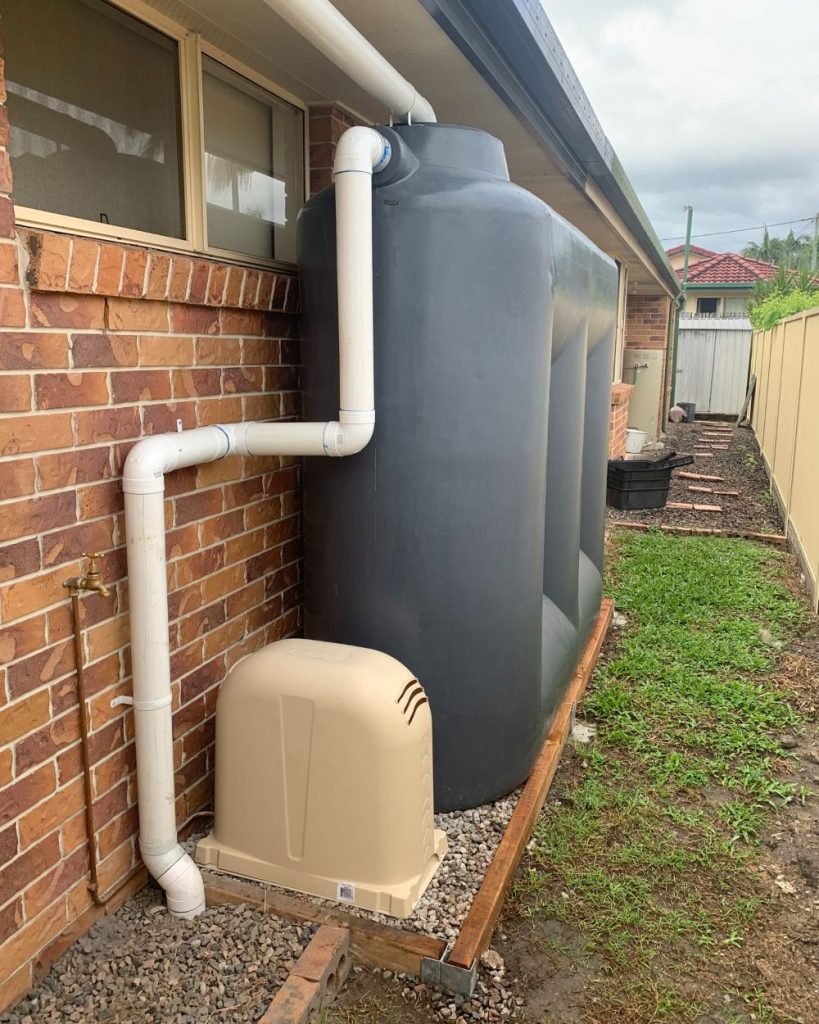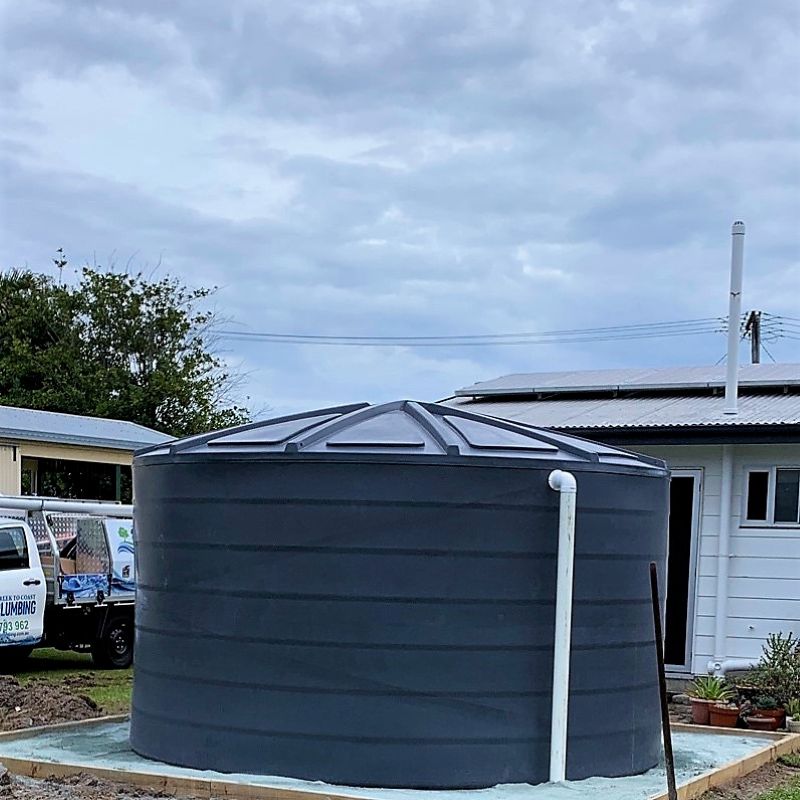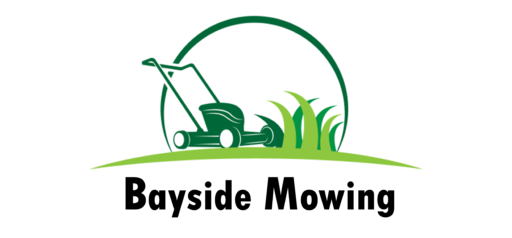Choosing the Perfect Rainwater Harvesting System to Match Your Lifestyle and Water Conservation Ambitions
In Queensland, a growing number of homeowners are embracing rainwater tanks as a practical approach to lower utility expenses, ease the strain on local water resources, and create drought-resilient homes. Prior to investing in a rainwater tank, it is crucial to tackle a fundamental question: What is your actual water need?
At Creek to Coast Plumbing, we specialise in assisting homeowners with the design of effective rainwater harvesting systems. Determining the appropriate tank size is a critical first step in this endeavour and plays a vital role in achieving your conservation goals.

Enhance the Effectiveness of Your Rainwater Collection System
Assessing your rainwater collection potential is a crucial initial step toward efficient water management. This potential is mainly influenced by two key factors: your roof area and the average annual rainfall in your region. A thorough understanding of these elements is essential for planning your rainwater system effectively.
Consider these important aspects:
- Generally, for every square metre of roof space, approximately 1 litre of water can be collected for each 1mm of rainfall.
- If your roof measures 200m² and your local area receives 1,200mm of rainfall annually, you could potentially capture 240,000 litres every year.
However, it’s essential to understand that this figure is based on optimal conditions. In reality, various factors such as first flush systems, evaporation, roof slope, gutter design, and overflow can lead to water loss.
We typically advise planning for a collection efficiency of 80–90% to account for these variables and maximise your harvesting efforts.
Establish Your Goals for Using Collected Rainwater
This is where practical considerations become critical. Are you collecting rainwater solely for garden irrigation, or do you intend to use it for toilets, laundry, or throughout your entire home? Understanding your objectives will help you design a system that meets your needs effectively.
Here are some significant factors to consider:
Choosing the Right Tank Size for Your Garden Irrigation Needs
If your main aim is to irrigate lawns, vegetable patches, or ornamental plants, a small to mid-sized tank (2,000–5,000 litres) should be adequate.
However, this largely depends on the size of your garden and the rainfall patterns in your area.
In regions characterised by brief, intense rain showers, larger tanks may be necessary to capture as much rainwater as possible during these downpours.
Utilising Rainwater for Laundry and Toilet Applications
Homes that utilise rainwater for toilets and washing machines often find that 5,000–10,000 litre tanks provide significant advantages. These appliances typically account for approximately 35–40% of indoor water consumption, leading to considerable savings over time.
It’s essential to incorporate a pump and suitable plumbing to connect these systems to your home—a service that Creek to Coast expertly manages as part of our installation process, ensuring seamless integration into your household.

Factors to Consider for Supplying Rainwater to Your Entire Household
If your goal is to achieve complete self-sufficiency or supply rainwater to every tap in your home, you will likely need 20,000 litres or more, depending on the size of your household. Larger tanks can also serve as backup water supplies for fire emergencies, during dry spells, or when entertaining guests, ensuring you have a reliable source of water at all times.
Evaluating Your Household Size and Its Water Requirements
A practical guideline suggests providing around 150–250 litres per person per day when using rainwater for general household purposes, which can help you determine your total storage needs effectively.
- For a couple: a 5,000–10,000 litre tank is usually sufficient to meet their needs.
- For families with four or more members: consider a tank size of 10,000–20,000 litres or larger to ensure an adequate and ongoing supply.
The number of residents in your household will directly impact how quickly your tank is depleted, particularly during dry spells when water conservation becomes essential for sustainability.
Assessing Your Roof Size for Efficient Rainwater Harvesting
The size of your roof is critical in determining how much rainwater you can successfully collect.
A larger roof area allows for a greater capacity to gather water.
Furthermore, the configuration of your roof also plays a significant role. If your home features multiple roof sections that can funnel water into a single tank, we can design an efficient downpipe system to optimise water capture from all available surfaces.
For smaller homes or townhouses, slimline or under-deck tanks may be the most suitable solution, and Creek to Coast is here to help you identify the perfect option to suit your needs and space limitations.

Key Considerations: Placement, Guttering, and Overflow Management for Rainwater Systems
Successful rainwater harvesting involves much more than just the tank itself; it requires careful planning and execution.
A well-designed system must include:
- Sturdy, well-maintained gutters to prevent blockages and ensure free flow
- Leaf guards and first flush diverters to maintain water quality by filtering out debris
- Overflow systems that safely redirect excess water away from your home’s foundations, protecting your property
- A stable, level tank pad or stand to adequately support the structure and prevent shifting
Creek to Coast Plumbing offers comprehensive rainwater system installations, including enhancements to guttering, pump connections, stormwater management, and filtration systems to ensure that your tank is secure and ready for use from day one.
Guaranteeing Cleaner and Safer Rainwater for Your Home
We strongly advocate for the installation of a whole-house rainwater filtration system, especially if you plan to use your collected rainwater for purposes beyond garden irrigation.
The Puretec Hybrid Plus systems, expertly installed by our team, can effectively eliminate sediments, unpleasant odours, tannins, bacteria, and also balance the water’s pH to minimise copper leaching and pipe corrosion. Explore the myriad benefits of water filtration for your collected rainwater to ensure your family’s health.
Making Well-Informed Decisions for Your Rainwater Tank Selection
Selecting a rainwater tank is not simply about opting for the largest available model; it involves aligning your system with your roof size, comprehending the rainfall patterns in your area, and addressing your particular water usage needs to ensure optimal functionality.
At Creek to Coast Plumbing, we have been assisting Queensland homeowners in establishing sustainable rainwater systems for over 30 years. From identifying the ideal tank size and placement to providing comprehensive guttering and filtration solutions, we are dedicated to ensuring that you maximise every precious drop of rainwater effectively.
The Article: Choosing the Right Size Rainwater Tank for Your Queensland Home first appeared on https://writebuff.com
The Article Choosing the Right Size Rainwater Tank for Queensland Homes Was Found On https://limitsofstrategy.com
References:
Choosing the Right Size Rainwater Tank for Homes in Queensland


